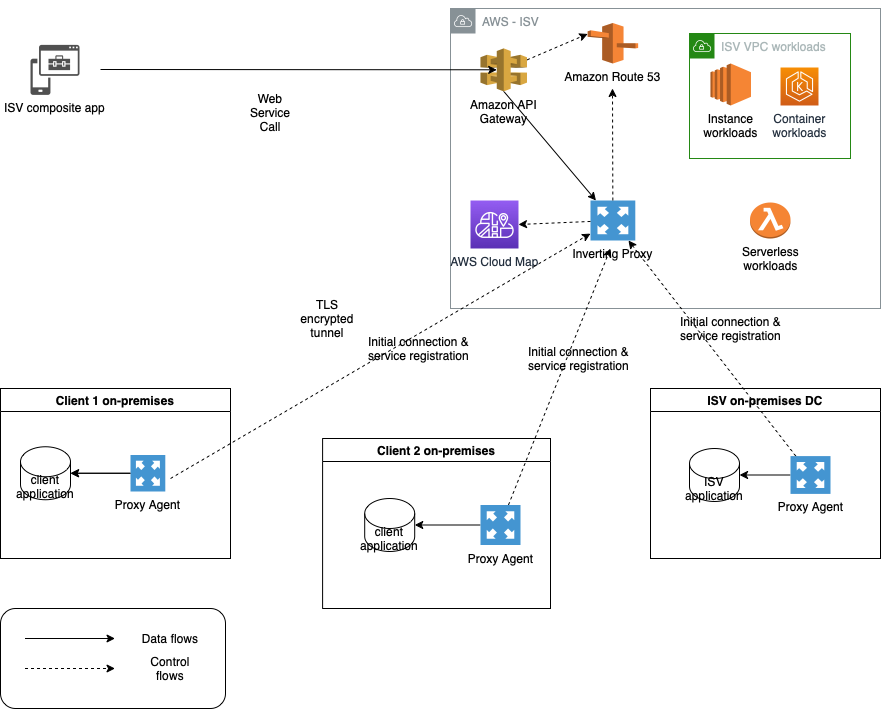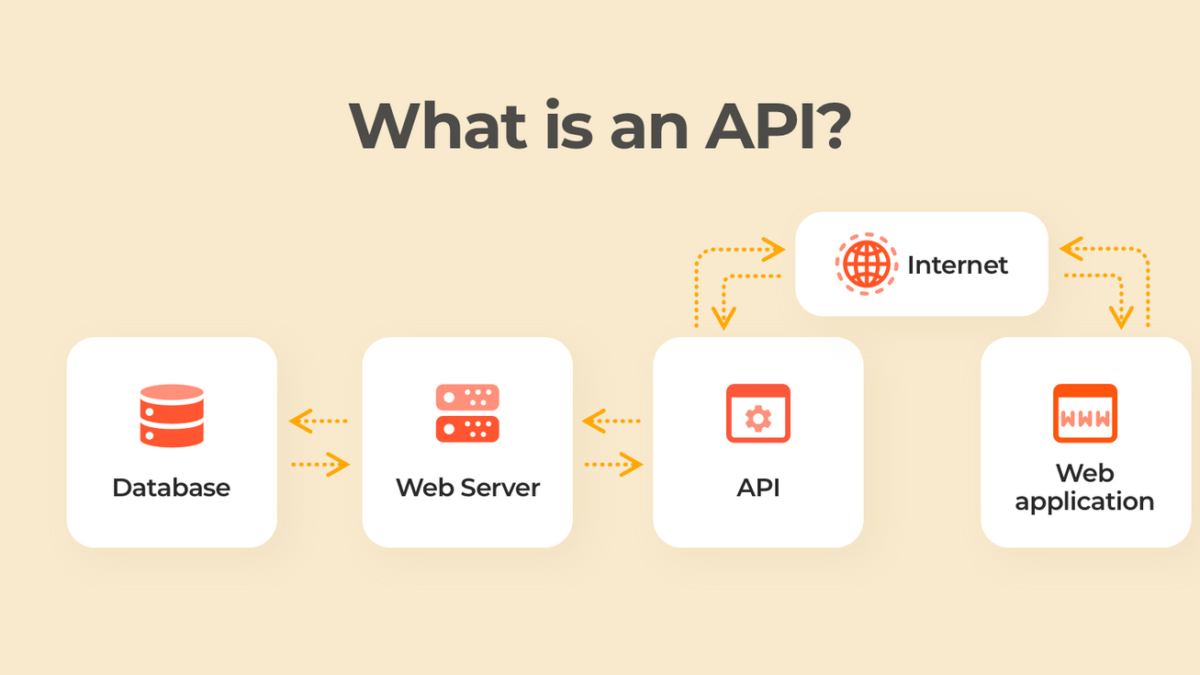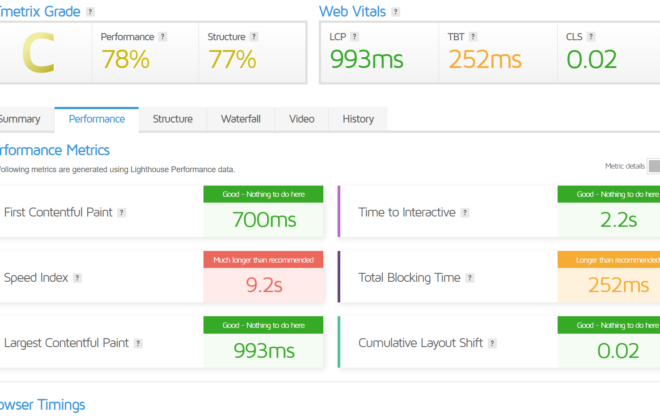What Is an API? Uses and how to implement it
Application programming interfaces (APIs) have many uses. Such as determining the weather on your smartphone, logging into a social media account or setting up an automated email for work. While not often detected by front-end users. APIs perform an important function in people’s daily digital activities. If you are a developer who wants to improve the user experience. For clients wanting to integrate an API. So learning more about the API can be beneficial. In this article, we define an API. Let us describe, discuss the importance of API. who can use them. Shares tips on how and how to integrate APIs effectively.
What is an API?
Table of Contents
An API is a set of definitions and protocols for building and integrating software. It acts as a software intermediary between two applications. For example, when you send an instant message. Or use an app on your smartphone, tablet or computer. So you are using an API. A server receives data, interprets it. It does the necessary work before sending it back to your phone. Which app are you using. He reinterprets the data. Displays it on your screen for you to read.
APIs allow developers to integrate applications into the existing architecture of the server or application. They facilitate communication between different products and services without the need for direct implementation. It can help developers in the engineering and development process of apps. APIs allow for ease of designing, flexibility, administration and use when creating new tools and products or managing existing applications.
Why are APIs important?
APIs are useful for both developers and users. Because they provide enhanced functionality and the ability to use already existing web services. Here are some ways. From which APIs can be beneficial in web and application development.
Simple app development
APIs provide application developers with a more efficient way to build applications that are compatible with a particular operating system. Operating systems often implement various standard APIs for developers to use. Which helps in streamlining the integration process. APIs can help developers save time. Because they usually reduce the amount of coding required when building an app. Wider use of APIs can also increase stability across other platforms. who use the same application.
Enhanced security
An API can also help improve security. APIs control access to those software functions. Which may not be allowed to be used near an application or website. They also limit access to hardware resources. Like a smartphone’s GPS, it restricts. Which apps can accomplish that.
For example, when a user visits the website or app of a retail store. When it asks for a specific location, the retailer tries to use the geolocation API in your web browser. Although this may seem like an easy way for retailers to access your location. The Site can only do this through an operating system’s Location API. When the website or app asks to capture the location. So the user has the option to allow or deny the request.
Easy website integrations
Web designers can implement APIs for a wide variety of uses. Which can enhance the user experience. For example, to embed a map on a website or generate text translations, operating system and software companies offer APIs. which facilitates integration. Such integration capabilities allow web developers to take advantage of the data and resources already present in existing tools. As a result, developers can focus on providing a satisfactory experience to the users.
What is the use of APIs?
Whereas developers use APIs to integrate application and webpage functions. Internet users also widely use APIs. An API allows organizations and individuals to share information and business functions across devices and applications. This may include making digital payments or posting content to multiple social media accounts at once, among many other tasks. Industries that use the API include banking, retail, automotive, travel and streaming services. Here are some of the main uses of APIs for webpages and applications.
User accounts
Whenever users log in to an email account, social media page, food delivery app or website. So let’s interact with the API. The API acts as a connection between the operating system and the app. Which the user opens to determine this. whether the user needs to be logged in or not. It often appears as a pop-up window on the screen. It asks whether the user wants to log in. Once the user confirms. The API provides unique identification information to the app. This helps protect passwords and other personal information.
Weather forecasts
When users search for weather information in their city or any other location. So the search engines can show the search results of the current weather forecast. Most operating system companies direct these searches to third parties via APIs. Who are experts in providing weather information. A Weather API packages current weather data into an easily interpreted file for developers to reformat appropriately. So that users can view the forecast on the smartphone app or website of their choice.
Automatic bots
Internet bots use APIs to send automatic updates, direct messages and other real-time information through specific software instructions. This includes hourly reminders on your smartphone, identifying grammar mistakes. Automatic email sending is included among many other functions. APIs notify bots when users meet specific conditions. Then the integration of an API with various bots gives users task automation capabilities. Streamlines the user experience.
Tips for implementing APIs
Devise a plan
It can be complex to design and implement an easy-to-use, scaled, secure and documented API. Integrating an API may require a plan with its own board, backlog, and sprint, similar to the production of any product. Creating a plan can ensure this. That developers and testers effectively use API best practices. Identify any aspects that may need improvement.

Implement a version strategy
An API is a product that can evolve as specific business requirements change. Users often expect. That API updates are constantly generated as technological advancements. The way other products and applications are updated. Or newer versions replace the old ones. Having a versioning strategy is important. Which ensures proper handling of new versions of products when releasing an update. Considers how consumers may be impacted upon implementation.
Provide support
After the API is designed and tested, developers often provide continuous support to users. If users submit a review. Or if an error occurs, the quality assurance team can notify the development team. This can include the IT team or other personnel of an organization. who work with other developers. Before the public release of the API, developers can use the tool to monitor the code. You can find ways to improve it.
Read More:
How to Become a Web Developer in 2022
Top 10 Performance Testing Tools & and Speed Testing Tools For Website




